SPONSORED CONTENT
Build resilience with Hybrid CloudDigital resilience is the ability for an organization to rapidly adapt to business disruptions by leveraging digital capabilities. Many of the existing legacy IT and hybrid cloud infrastructures need to be modernized first in order to fully contribute to digital resilience.
Transforming traditional into modern hybrid cloud operations
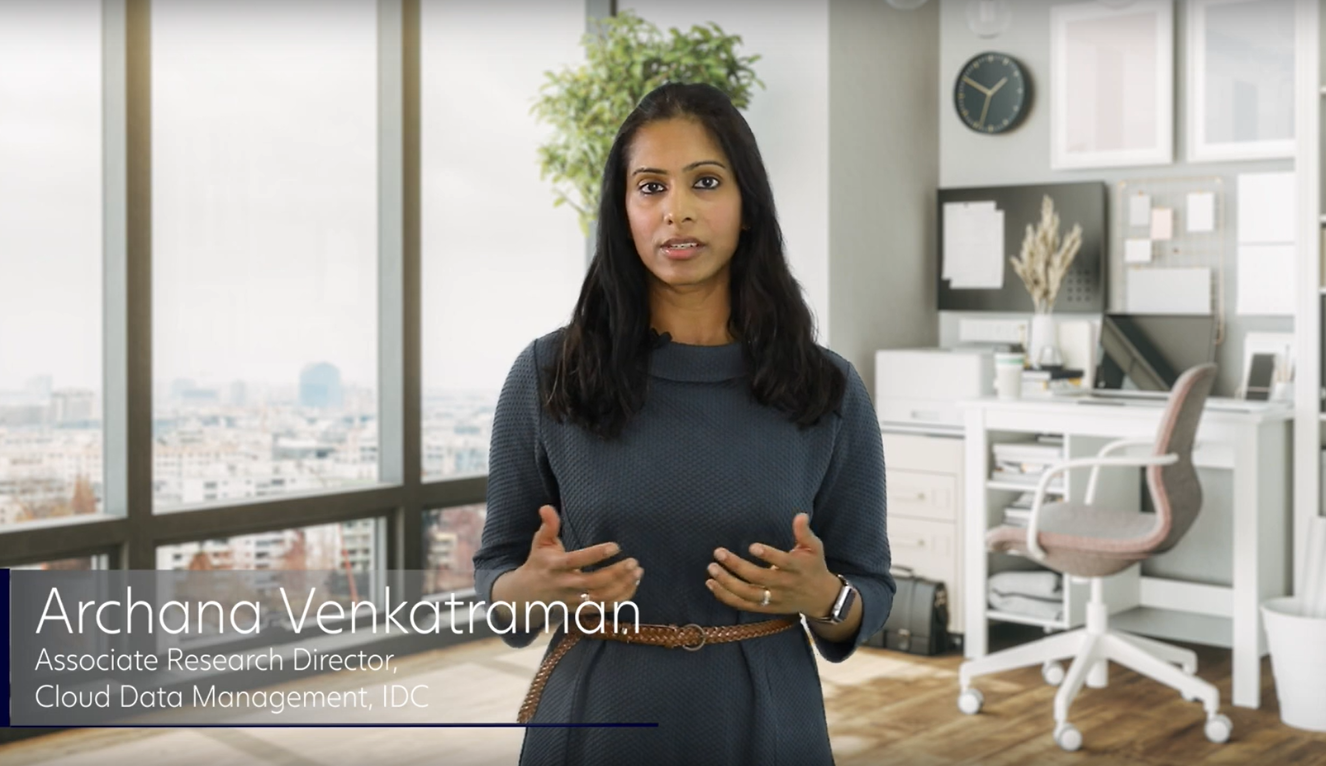
Enterprise resilience is increasingly enabled by digital technologies. However, digital resilience is based on a different approach than traditional infrastructure architecture and management as it comprises the use of components like containers, software-defined infrastructure, cloud services and edge systems.
Although most organisations already have hybrid cloud environments, these do not fully contribute to resilience objectives because of management complexity, lack of integration and inconsistent operations. Siloed infrastructures need first to be transformed into a well-orchestrated, integrated hybrid cloud operational model.
Technologies for a sustainable and resilient future
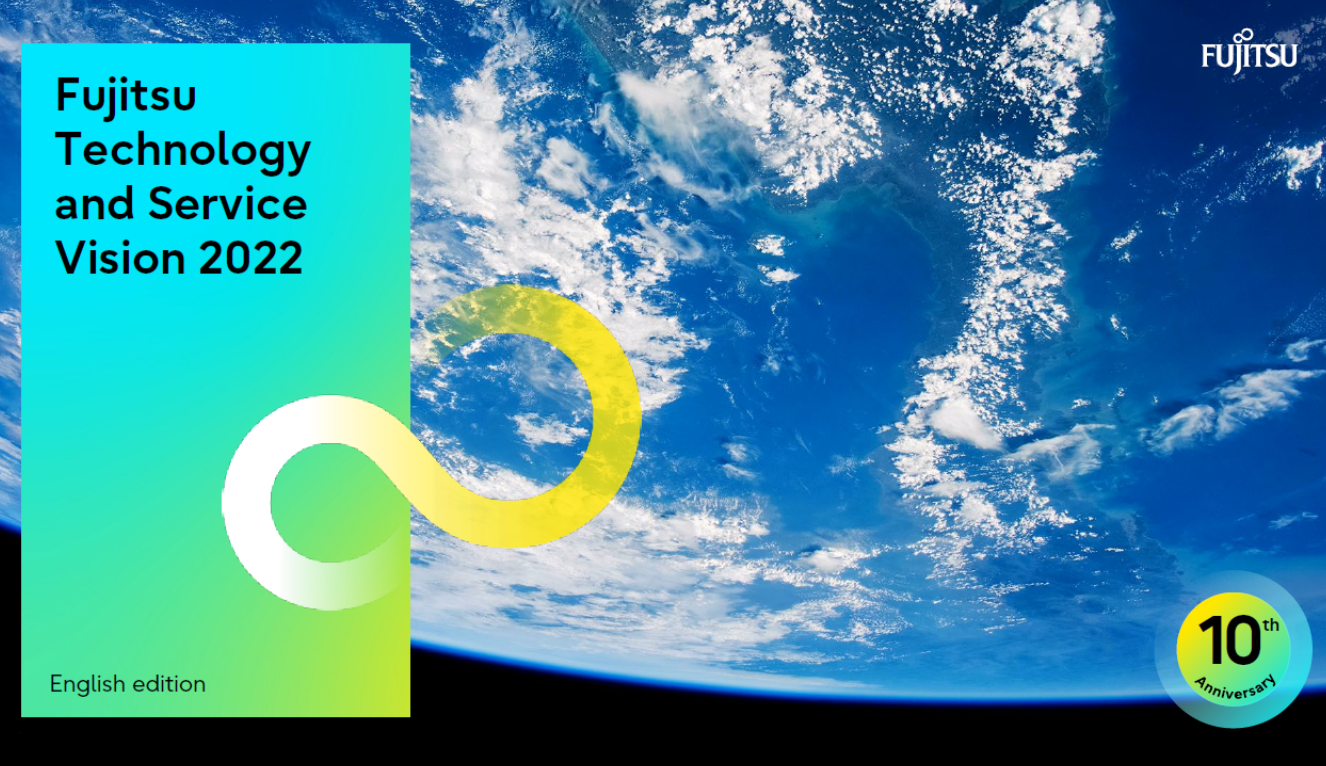
Balancing efficiency in normal times with resilience in the event of an emergency is becoming increasingly difficult. We live in a complex and unpredictable world where traditional forecasting techniques have become insufficient. We need to be able to digitally rehearse future scenarios and quickly execute Plan B or C by sensing data in real time.
The current edition of Fujitsu’s Technology and Service Vision explains how digital technology can expand our ability to predict what might happen through digital rehearsal methods based on federated systems, digital twins and the convergence of the physical and digital worlds.
Architecting a hybrid cloud to support digital resilience
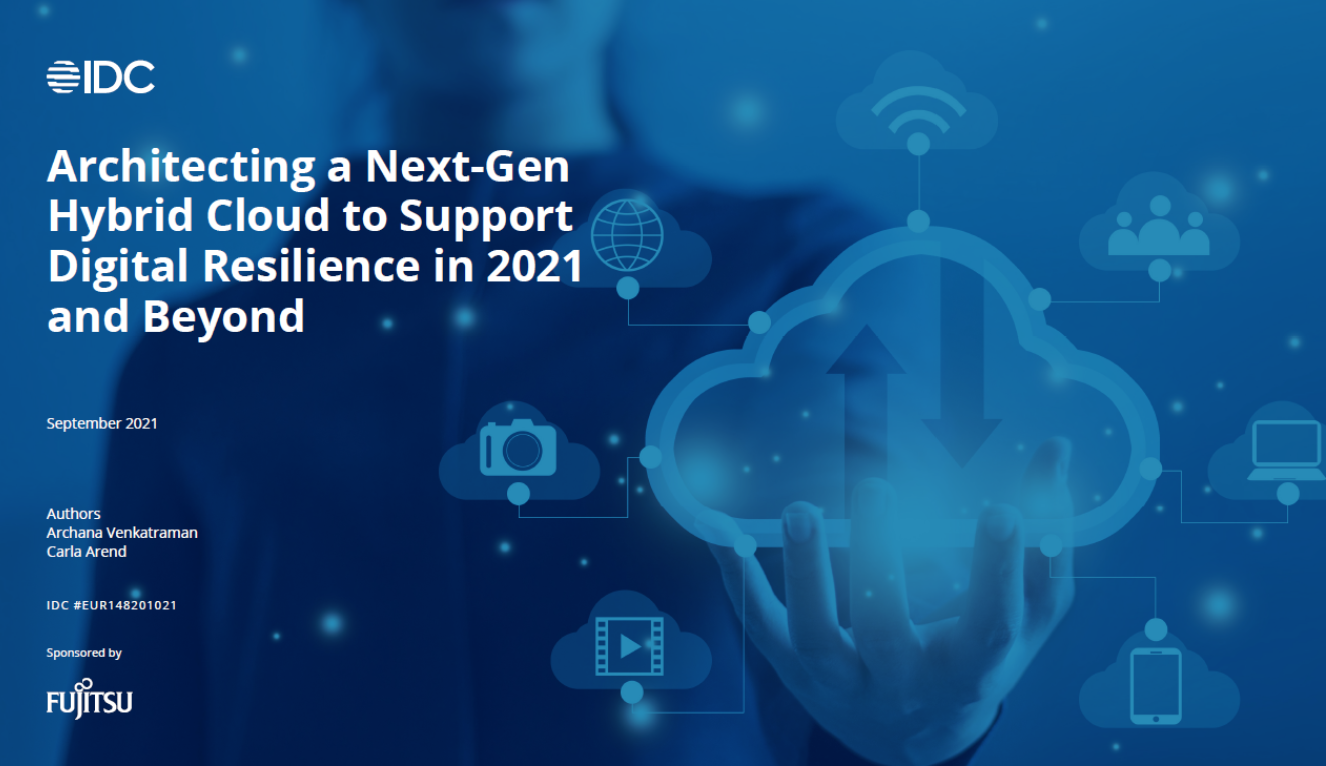
Digital resilience is about balancing investments in infrastructure with those in business innovation. Investments in IT and hybrid cloud address both areas and deliver digital innovation as a result. In addition, cloud infrastructure plays a significant role in supporting digital resilience. Infrastructure resilience in particular is delivered through a hybrid cloud strategy and developer services such as containers and open APIs.
IDC’s info brief points to the differences between digital leaders, the mainstream and the followers when it comes to laying the foundation for a resilient enterprise.
A hybrid vision for the new era of digital transformation
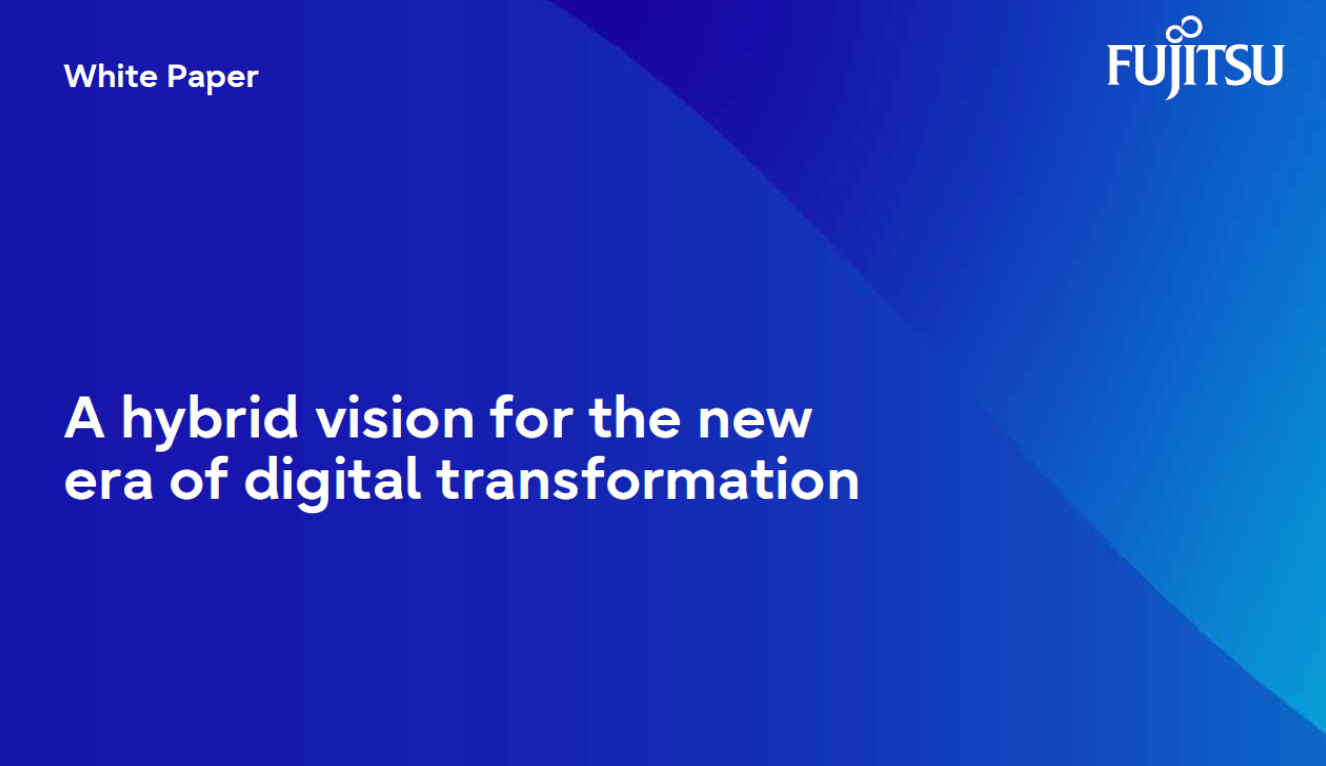
For years, organizations have been investing in new technologies, developing their culture, and transforming their processes in the race to get ahead of the competition. The pandemic was a disruption hardly anyone could foresee. For many businesses, Covid-19 meant the end of their journey. Others just about managed to keep going.
But some powered ahead.
What made them different? How did they turn this crisis into an opportunity? And how can their success be replicated? New research from Fujitsu shows that it was their hybrid cloud strategies that set these businesses apart.
Why hybrid cloud and HCI are a perfect fit
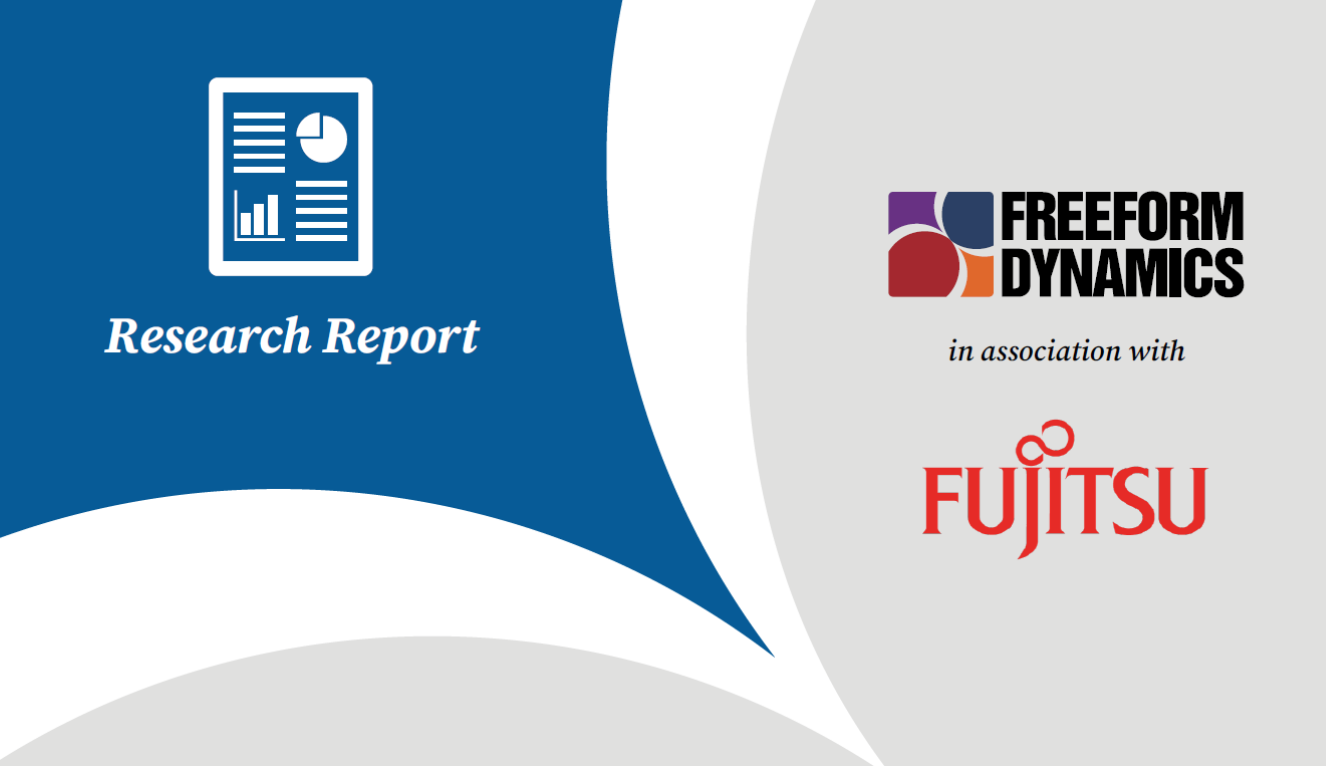
In a hyper-converged infrastructure (HCI), key IT elements such as servers and storage are implemented as software on a shared platform. This allows HCI to offer significant gains over traditional IT in terms of efficiency, consolidation and utilization of resources – the main drivers behind the increasing adoption of HCI technology.
But what is the relevance of HCI for hybrid infrastructures?
As this survey by Freeform Dynamics and Fujitsu shows, both the conceptual similarities between the two as well as the potential for significant cost savings make HCI an ideal foundational technology for hybrid cloud.
Work like cloud with Windows Server HCI

Hyper-converged infrastructures (HCI) are transforming the economics of IT and creating the next-generation foundation of the hybrid cloud. However, the do-it-yourself approach to HCI is fraught with challenges.
Fujitsu Integrated System PRIMEFLEX for Microsoft Storage Spaces Direct is a pre-configured integrated system, providing IT organizations with an easy way to deploy HCI environments based on in Windows Server 2022. Find out how it can
– dynamically adapt resources to business needs
– simplify management
– improve storage efficiency
– reduce storage costs
– reduce virtualization software licence costs
– simplify path to hybrid IT


